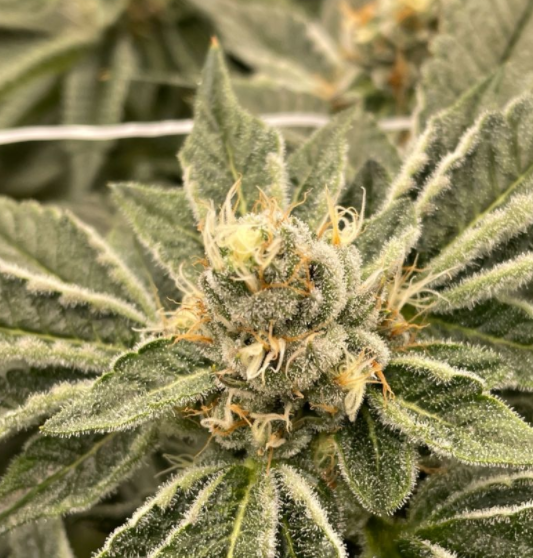Research into the chemical origins of cannabis’ unique ‘skunk-like’ smell has discovered a new family of sulphur compounds are responsible for the odour.
Hundreds of different aroma compounds can be found in cannabis, many belonging to the terpene class of compounds, which are responsible for characteristic plant smells like pine and lavender.

Cannabis breeders often experiment with different terpene concentrations to develop hybrid strains with unique scents and it has previously been hypothesized that terpenes are responsible for the iconic smell of cannabis.
However, difficulties in analysing all the potential aroma compounds in the plant have limited robust study.
The new study, published in the journal ACS Omega, looked at volatile sulphur compounds (VSCs), sulphur-containing organic compounds linked to other pungent plant odours such as hops and garlic, and also to skunk spray.
Lead author Iain Oswald said: “Our data conclusively establishes a link between this new family of VSCs in cannabis and its pungent aroma.”
Several VSCs that have never been identified before in nature were detailed in the study, revealing direct links between higher concentrations of VSCs and skunk-like smells.
Co-author Josh Del Rosso said: “I have suspected for years that we were missing something in our understanding of this plant. Although terpenes have been hailed as the major source of the pungent scent of cannabis, we now know that it is this new class of VSCs.
“I hope our results can act as a springboard to help other researchers determine if these compounds endow cannabis with even more medicinal properties than we ever imagined.”
The researchers demonstrated that despite VSCs being very volatile, if processed correctly they can remain present in various concentrations in some extracts.
Co-author Kevin Koby added: “These results prove that cannabis producers are racing against time when it comes to getting quality products into customers’ hands.
“Hopefully, our results will establish a new standard for cultivators and distributors to help preserve and protect these key compounds – regardless of the rigours of processing, packaging, and time on shelf.”

